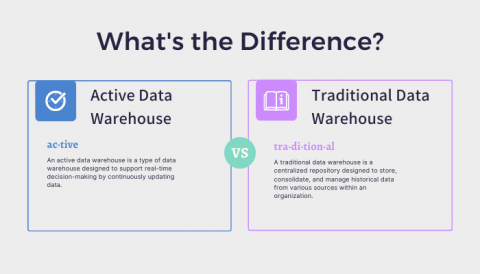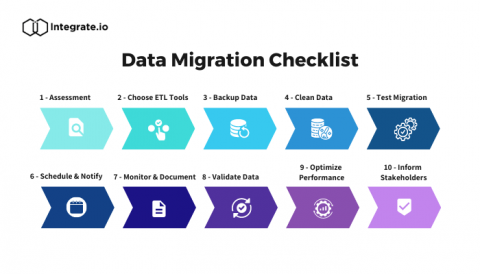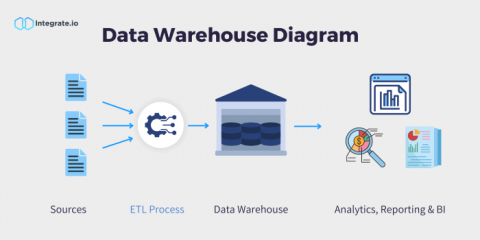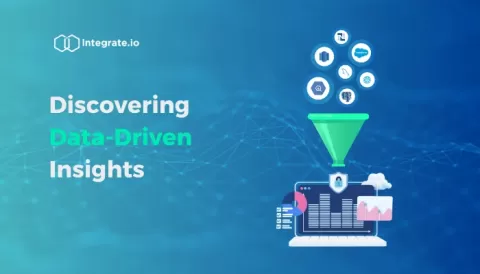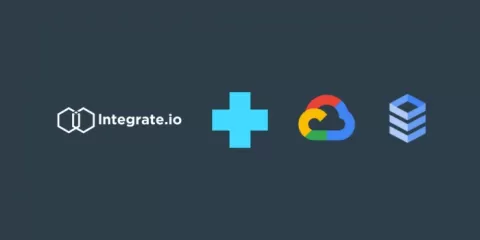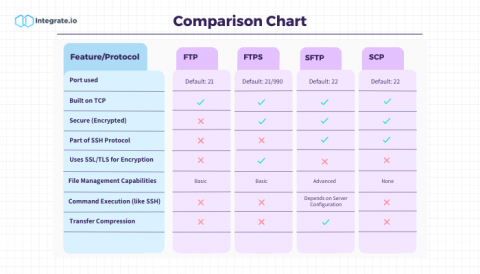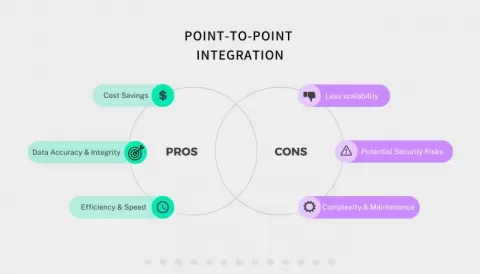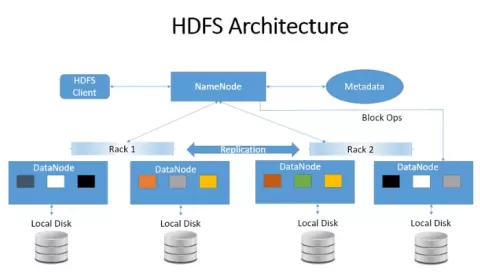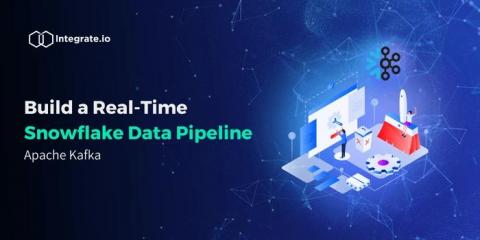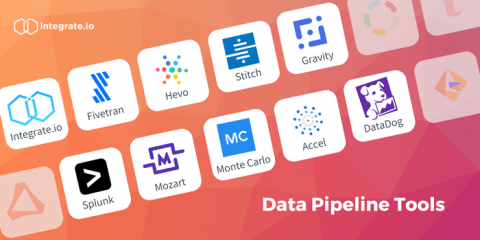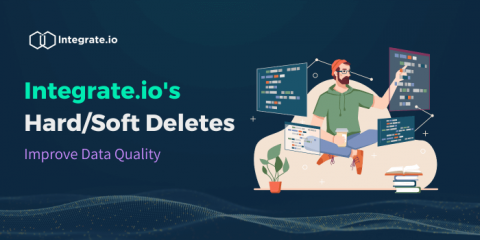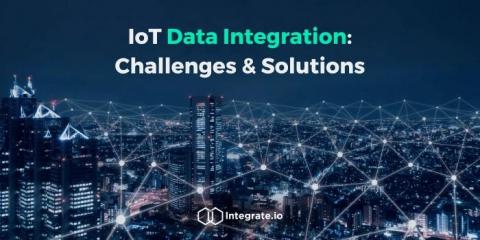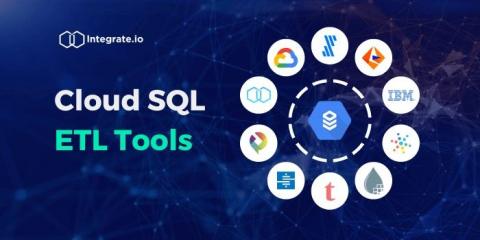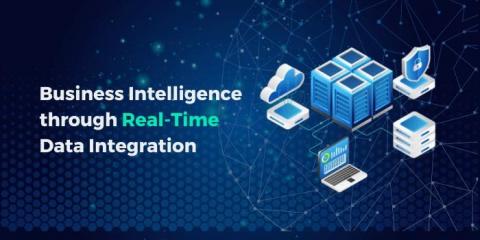Active Data Warehouses vs. Traditional Data Warehouses
In the digital age, data is the lifeblood of any organization. The way you store and analyze your data can significantly impact your success. This is where data warehouses come into the picture. Data warehouses are essential for businesses of all sizes, as they provide a central repository for data from a variety of sources, which can then be used for analysis and reporting. This data can be used to make better business decisions, improve operational efficiency, and identify new opportunities.


